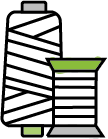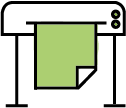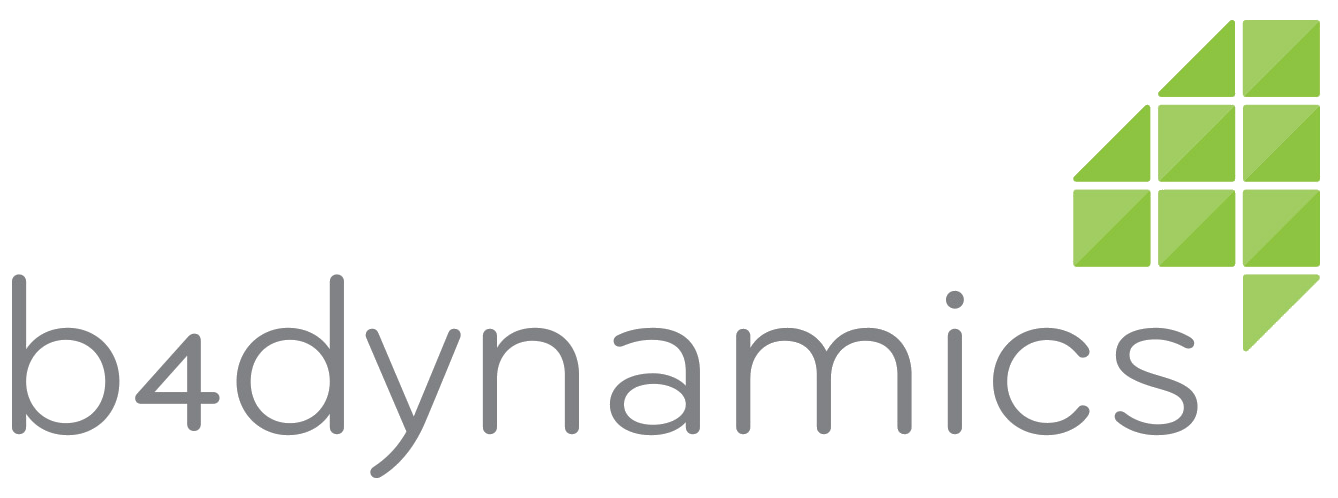PORINI ERP
Global competition brings products to the market quicker and quicker, increasing the difficulties due to the dispersal of supply chains and ongoing company mergers and acquisitions which are a key challenges for Fashion & Textile industries that must meet the requirements of demanding clients. These businesses are often struggling with fragmented information systems that are not able to manage the required number of item variants and this substantially reduces flexibility and visibility in managing operations.
From Sheep to shop
The only solution on the market that can cover the entire supply chain from fiber to retail
Most complete solution
The most complete solution on the market since it includes demand and operations planning tools, ready-made and embedded Analytics Tools and a top of the market XRM platform.
International &Scalable
International solution, distributed and supported through the Microsoft Partners’ ecosystem
Very easily scalable and completely modular
Completely based on Microsoft Platforms
The most complete solution on the market since it includes demand and operations planning tools, ready-made and embedded Analytics Tools and a top of the market XRM platform.
Spinning

- Software solutions support all types of spinning processes:
- Manage the typical characteristics of the yarns:
- Manage conditioned weight: defining agreement with a business partner both on sales and purchase.
- Manage blanket orders. Define orders for example with basic code, without color and then release sales order based on the Blanket order.
- Manage all the processing phases.
- Manage internal or external phases (using the Sub-Contracting module).
- Detect the quantities and processing times in order to calculate the actual cost of working and yarn.
- Trace each lot in production, each batch from dyeing to ensure the traceability of the product.
- Calculate a budget and manage the final consumption of the recipes ingredients (recipes module).
- Manage the PutUp identification of the yarn (hard cones, perforated soft packages, hanks, etc.).
- Easily interface with all data collection systems on the machine through a communication protocol based on the exchange of XML files (using the PIL Production module).
Weaving

- Manage the typical characteristics of Warps and Greige Fabrics:
- Declare the quantities and processing times in order to calculate the actual cost of working and warp and greige fabric.
- Trace each beam and piece produced by storing the lot or bath of warp and weft yarns used.
- Easily interface with all Warping or Weaving planning modules through a communication protocol based on the exchange of XML (using the PIL Production module).
- Easily interface with all data collection systems on the machine through a communication protocol based on the exchange of XML (using the PIL Production module).
- Easily interface with all inspection tables through a communication protocol based on the exchange of XML (using the PIL Production module).
- Easily interface with all Warping or Weaving planning modules through a communication protocol based on the exchange of XML (using the PIL Production module).
Knitting

- Circular Knitting
- Flat Knitwear
- Fully Fashioned
- Seamless
- Warp Knitting
- Socks manufacturing
- Manage the typical characteristics of Warp and Greige Fabrics:
- Detect the quantities and processing times in order to calculate the actual cost of working and warp and greige fabric.
- Tracing piece produced by keeping the lot or batch number of the yarn used.
- Easily interface with all knitting planning modules through a communication protocol based on the exchange of XML (using the PIL Production module).
- Easily interface with all data collection systems on the machine through a communication protocol based on the exchange of XML files (using the PIL Production module).
Fashion

- Brands
- Fashion Companies
- Licensees
- Retailers
- Distributors
- Any mix of these attributes
-
- Manage collections and Seasons
-
- Manage Divisions, themes and lines.
- Manage products with colors and sizes.
- Possibility of managing size distribution curve by customer (or store).
- Easily integrate with PLM solutions through special integration layer (PIL).
- Manage manual allocations or automatic proposals.
- Manage customers hierarchy (Master customer, …, store).
- Special BI cubes designed for the fashion industry to support the decision making process.
- In case of brands with product definition we can easily manage BOM and external Routes.
- Special functionalities to support subcontracting.
- Sales and purchase agreements.
- Purchase orders managed by size.
- Inventory Journal by size.

Among other features, with Apparel & Textile for Dynamics 365, it’s possible to
- Manage the typical characteristics of the finished fabrics:
- Manage all the processing phases.
- Manage internal or external phases (using the Sub-Contracting module).
- Detect the quantities and processing times in order to calculate the actual cost of working and finished fabrics.
- To trace produced pieces.
- Calculate a budget and manage the final consumption of the recipes ingredients (recipes module).
- Easily interface with all data collection systems on the machine through a communication protocol based on the exchange of XML files (using the PIL Production module).
- Manage collections, exclusivities and price lists for collections.
- Manage internal or external phases (using the Sub-Contracting module).

-
- Underwear
- Lingerie
- Outerwear
- Menswear
- Ladieswear
- Childrenwear
- Formalwear
- Workwear
- Footwear
- Sportswear
- Manage the typical characteristics of the Goods:
- Manage all the processing phases.
- Manage internal or external phases (using the Sub-Contracting module).
- Detect the quantities and processing times in order to calculate the actual cost of working and finished fabrics.
- Manage the Size Chart Table (size grid) on Customer Orders, Purchase Orders, Production Orders, Warehouse Journal.
- Manage collections, exclusives and price lists for collections.Finished Weight
- Manage internal or external phases (using the Sub-Contracting module).

- Manage the typical characteristics of the Goods:
- Detect the quantities and processing times in order to calculate the actual cost of working.
- Tracing a roll produced by keeping the lot or batch number of the yarn used in the process.
- Easily interface with all data collection systems on the machine through a communication protocol based on the exchange of XML files (using the PIL Production module).



